
Family location services company Life360 has launched a new notification for its apps to automatically alert friends and family when you reach a destination after taking a flight.
Life360 said that the feature uses phone sensors to measure location, altitude and speed to determine if you are taking a flight.
Plus, its algorithms can detect takeoff and landing times, and alert family members when you connect to the network post-landing.
The company said the landing notification feature is a useful alternative to online flight trackers or waiting for the traveler to send updates to their circle.
The company’s CEO Chris Hulls told TechCrunch that the company wants to focus on safety and protection updates for users’ inner circle.
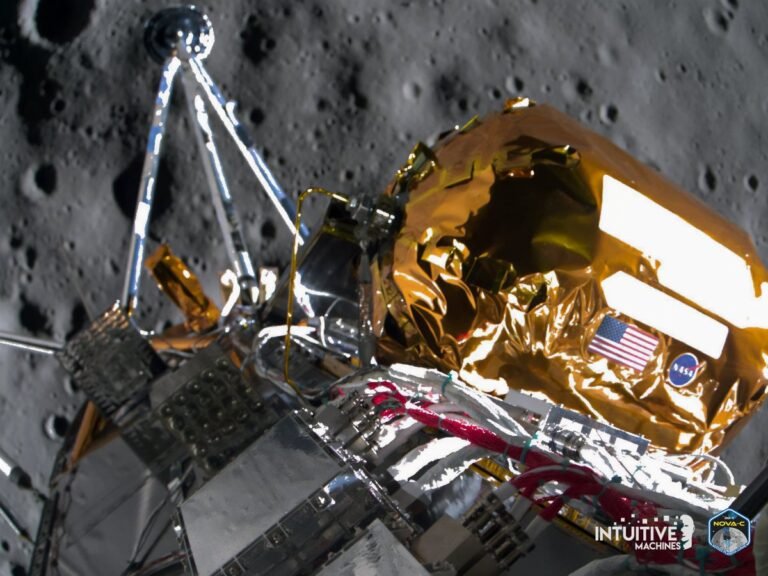
Intuitive Machines’ first moon mission will come to a premature end due to the spacecraft landing on its side, which altered how the solar panels are positioned in relation to the sun, the company said in an update Tuesday morning.
Intuitive Machines made history when it landed its spacecraft, called Odysseus, near the lunar south pole last week.
The lander is the first American hardware to touch the lunar surface since NASA’s final crewed Apollo mission in 1972.
It’s also the first privately built and operated spacecraft to land on the moon — ever – and the closest a lander has ever come to the lunar south pole.
Intuitive Machines and NASA leadership will host a second televised news conference tomorrow to discuss updates to the mission.

My stomach is still in knots from the Intuitive Machines landing livestream.
I think it’s fair to say that the words of Tim Crain, Intuitive Machines’ CTO, will go down in history: “We’re not dead yet.”Very metal.
Intuitive Machines’ first lander, called Odysseus, softly touched down on the south pole region of the moon around 5:23 p.m. Central Time on Thursday, bringing to a close an eight-day journey and years of hard work.
There was a brief period after landing when mission controllers waited to reestablish communications with the spacecraft.
The mission is also a huge success for NASA, which paid Intuitive Machines around $118 million to deliver six scientific and research payloads, under a program called Commercial Lunar Payload Services.
My stomach is still in knots from the Intuitive Machines landing livestream.
I think it’s fair to say that the words of Tim Crain, Intuitive Machines’ CTO, will go down in history: “We’re not dead yet.”Very metal.
Intuitive Machines’ first lander, called Odysseus, softly touched down on the south pole region of the moon around 5:23 p.m. Central Time on Thursday, bringing to a close an eight-day journey and years of hard work.
There was a brief period after landing when mission controllers waited to reestablish communications with the spacecraft.
The mission is also a huge success for NASA, which paid Intuitive Machines around $118 million to deliver six scientific and research payloads, under a program called Commercial Lunar Payload Services.
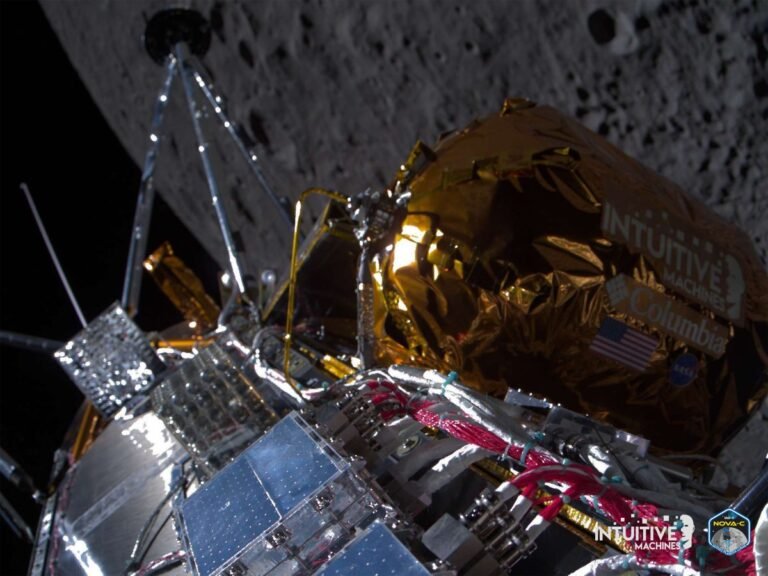
Using a small model of the lander, Altemus demonstrated how engineers believe the spacecraft, called Odysseus, made its descent given the most recent telemetry data.
“The vehicle is stable near or at our intended landing site,” Altemus said.
Part of the reason for that is because the onboard camera, an instrument called EagleCam, was powered down during landing.
The company originally thought Odysseus was actually upright, but Altemus said that was based on “stale” telemetry data.
Much of the mission’s success came down to very quick thinking by Intuitive Machines’ mission controllers — and just a stroke of very good luck.
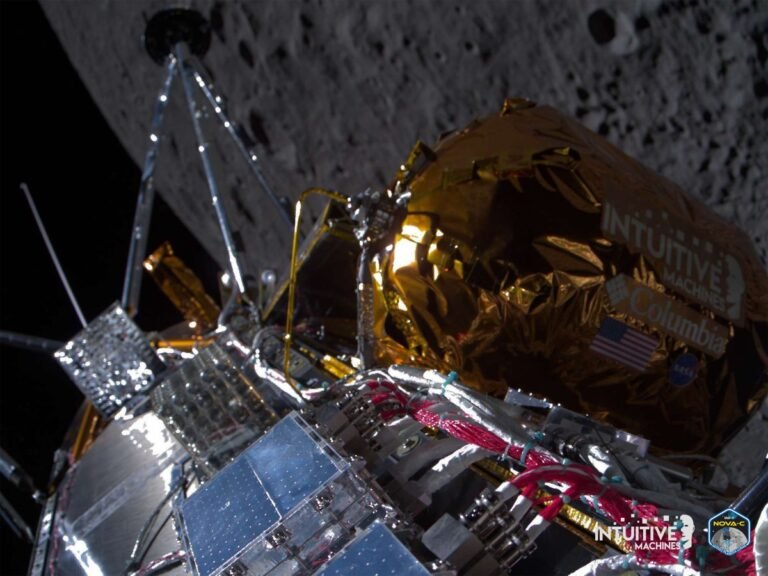
Intuitive Machines has landed a spacecraft on the lunar surface, in a historic first for a private company.
“What we can confirm without a doubt is that our equipment is on the surface of the moon and we are transmitting,” mission director and Intuitive Machines CTO Tim Crain said.
Instead, the lander leveraged one of the onboard payloads, NASA’s laser and doppler lidar sensors, to guide the spacecraft to the lunar surface.
All in all, Intuitive Machines’ contract is worth a little less than $118 million.
Intuitive Machines’ victory comes shortly after another CLPS awardee, Astrobotic, failed to put its lander on the moon.
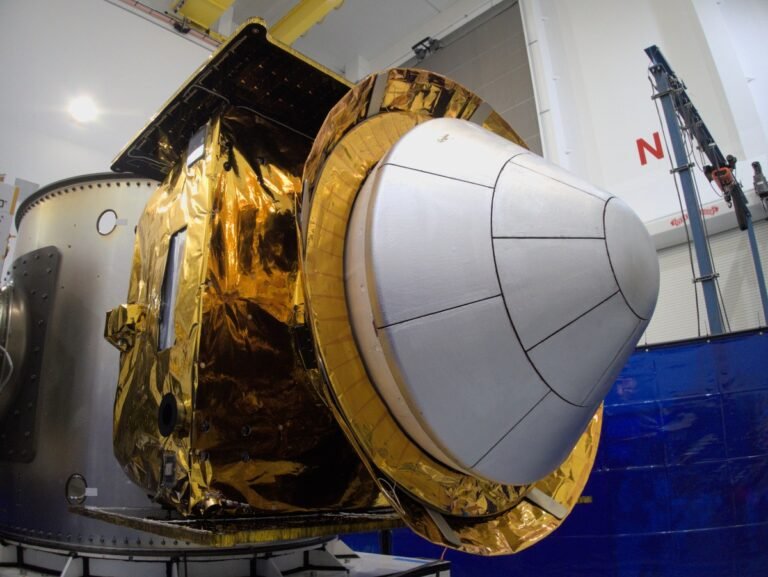
A spacecraft containing pharmaceutical drugs that were grown on orbit has finally returned to Earth today after more than eight months in space.
Varda Space Industries’ in-space manufacturing capsule, called Winnebago-1, landed in the Utah desert at around 4:40 p.m. EST.
The first-of-its-kind reentry and landing is also a major win for Rocket Lab, which partnered with Varda on the mission.
Rocket Lab hosted Varda’s manufacturing capsule inside its Photon satellite bus; through the course of the mission, Photon provided power, communications, attitude control and other essential operations.
Varda’s mission launched on June 12 and was supposed to be just a month long, but it was extended after the company encountered regulatory issues.
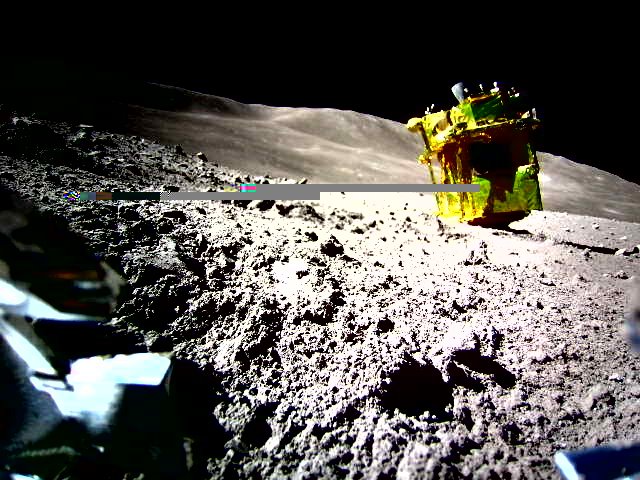
The Japan Aerospace Exploration Company shared the first image of its lander on the lunar surface, revealing that the spacecraft touched down on the moon upside-down.
It’s a remarkable recovery for the spacecraft, which experienced an “abnormality in the main engine” that affecting the landing orientation when it was just 50 meters above the lunar surface, JAXA said in an update Thursday.
Remarkably, the lander ended up just 55 meters east of the original target landing site.
The lander was carrying two rovers; one of the rovers, called Lunar Exploration Vehicle-2, or SORA-Q, is responsible for the photo.
The rovers were ejected from the spacecraft before landing.
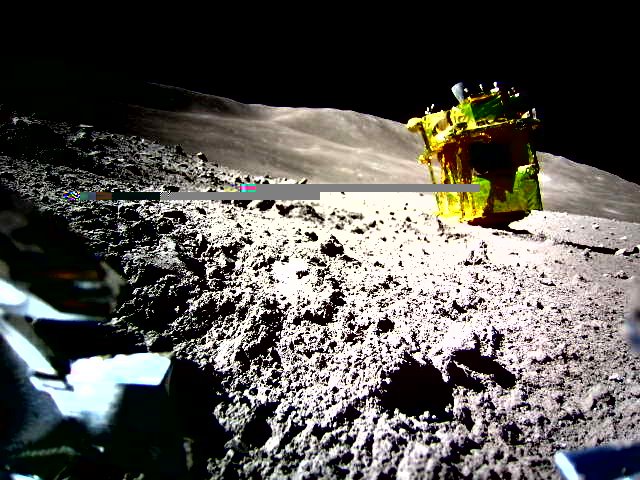
The Japan Aerospace Exploration Company shared the first image of its lander on the lunar surface, revealing that the spacecraft touched down on the moon upside-down.
It’s a remarkable recovery for the spacecraft, which experienced an “abnormality in the main engine” that affecting the landing orientation when it was just 50 meters above the lunar surface, JAXA said in an update Thursday.
Remarkably, the lander ended up just 55 meters east of the original target landing site.
The lander was carrying two rovers; one of the rovers, called Lunar Exploration Vehicle-2, or SORA-Q, is responsible for the photo.
The rovers were ejected from the spacecraft before landing.

For the second week in a row, we have lunar lander news to report on.
Story of the weekHow could the story of the week be anything other than SLIM (Smart Lander for Investigating Moon), the Japanese lunar lander that touched down on the moon on Friday?
But even with the issue, the mission achieved a huge portion of its goal, which was to demonstrate a soft lunar landing using optical navigation technology.
Launch highlightsWe saw our first crewed mission this year – but even more notably, it was a completely private mission (as in not a NASA astronaut mission).
Axiom Space launched its third mission with launch partner SpaceX on Thursday, with the crew successfully docking with the International Space Station at 5:42 AM EST on Saturday, January 20.












